Description
Objective
Did you see bending of Water? Static electricity can be a problem whenever the humidity is low. It causes shocks and makes dust stick to surfaces, and it can literally make your hair stand on end. In this experiment, you will see that it also can move things around.
Materials
- A Comb
- Water Faucet
- Wool cloth
- Gloves
Procedures.
- Run the comb through your hair several times, or alternatively rub the comb or toothbrush’s hand grip with the towel for 30 seconds. At the same time, adjust the faucet to produce a small stream of water. Ideally the stream should be 1.5 millimeters in diameter.
- Slowly bring the teeth of the comb near the stream of water, about 8 to 10 centimeters (3 or 4 inches) below the faucet.
- Repeat the experiment, but now change the size of the stream by adjusting the faucet.
- Check whether you can get the same effect using another comb other equipment.
What’s Going On?
When one object is rubbed against another, static electricity can be created. This is because the rubbing creates a negative charge that is carried by electrons. The electrons can build up to produce static electricity. For example, when you shuffle your feet across a carpet, you are creating many surface contacts between your feet and the carpet, allowing electrons to transfer to you, thereby building up a static charge on your skin. When you touch another person or an object, you can suddenly discharge the static as an electrical shock.
You can observe static electricity if you run a plastic comb through your hair, then place the comb near small pieces of paper. The paper is attracted to the comb. This happens because the charged comb induces an opposite charge in the paper and as opposite charges attract, the paper sticks to the comb.
Similarly, when you rub a balloon on your head it causes opposite static charges to build up both on your hair and the balloon. Consequently, when you pull the balloon slowly away from your head, you can see these two opposite static charges attracting one another and making your hair stand up.
Disclaimer and Safety Precautions
Warning is hereby given that not all Project Ideas are appropriate for all individuals or in all circumstances. Implementation of any Science Project Idea should be undertaken only in appropriate settings and with appropriate parental or other supervision. Reading and following the safety precautions of all materials used in a project is the sole responsibility of each individual. For further information, consult your state’s handbook of Science Safety.
Safety
- Put on protective eyewear. Conduct the experiment on the plastic tray and in a well-ventilated area.
- Keep a bowl of water nearby during the experiment.
- Keep flammable materials and hair away from flame.
- Avoid looking directly at burning magnesium to prevent eye discomfort.
- Do not attempt to extinguish the solid fuel and magnesium — let them burn down completely. Do not touch the stove after the experiment — wait until it cools down.
- Do not allow chemicals to come into contact with the eyes or mouth.
- Keep young children, animals and those not wearing eye protection away from the experimental area.
- Store this experimental set out of reach of children under 12 years of age.
- Clean all equipment after use.
- Make sure that all containers are fully closed and properly stored after use.
- Ensure that all empty containers are disposed of properly.
- Do not use any equipment which has not been supplied with the set or recommended in the instructions for use.
- Do not replace foodstuffs in original container. Dispose of immediately.
- In case of eye contact: Wash out eye with plenty of water, holding eye open if necessary. Seek immediate medical advice.
- If swallowed: Wash out mouth with water, drink some fresh water. Do not induce vomiting. Seek immediate medical advice.
- In case of inhalation: Remove person to fresh air.
- In case of skin contact and burns: Wash affected area with plenty of water for at least 10 minutes.
- In case of doubt, seek medical advice without delay. Take the chemical and its container with you.
- In case of injury always seek medical advice.
- The incorrect use of chemicals can cause injury and damage to health. Only carry out those experiments which are listed in the instructions.
- This experimental set is for use only by children over 12 years.
- Because children’s abilities vary so much, even within age groups, supervising adults should exercise discretion as to which experiments are suitable and safe for them. The instructions should enable supervisors to assess any experiment to establish its suitability for a particular child.
- The supervising adult should discuss the warnings and safety information with the child or children before commencing the experiments. Particular attention should be paid to the safe handling of acids, alkalis and flammable liquids.
- The area surrounding the experiment should be kept clear of any obstructions and away from the storage of food. It should be well lit and ventilated and close to a water supply. A solid table with a heat resistant top should be provided
- Substances in non-reclosable packaging should be used up (completely) during the course of one experiment, i.e. after opening the package.
Disposal
Dispose of the reagents and solid waste together with household garbage.



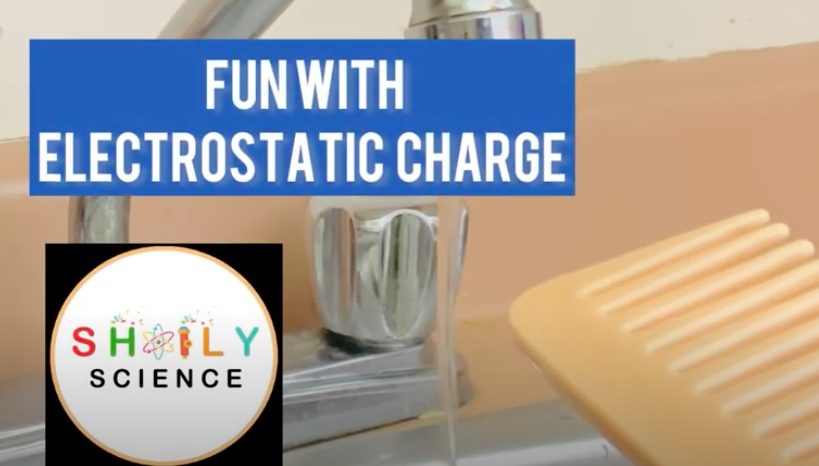
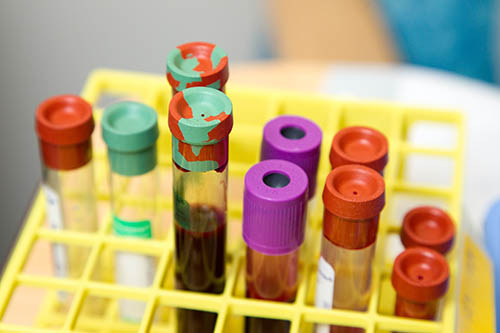
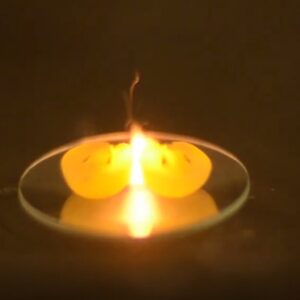
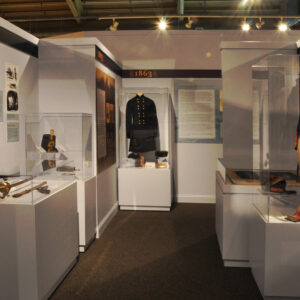
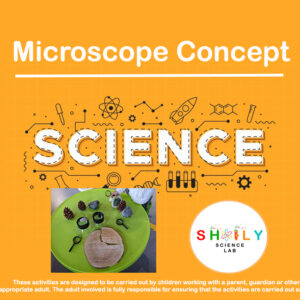
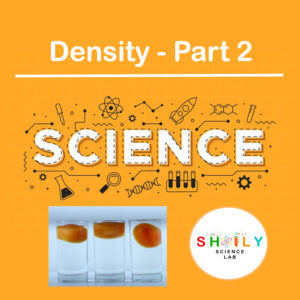
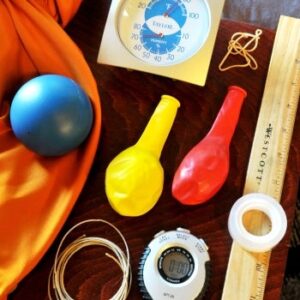
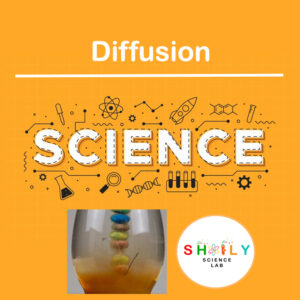
Reviews
There are no reviews yet.